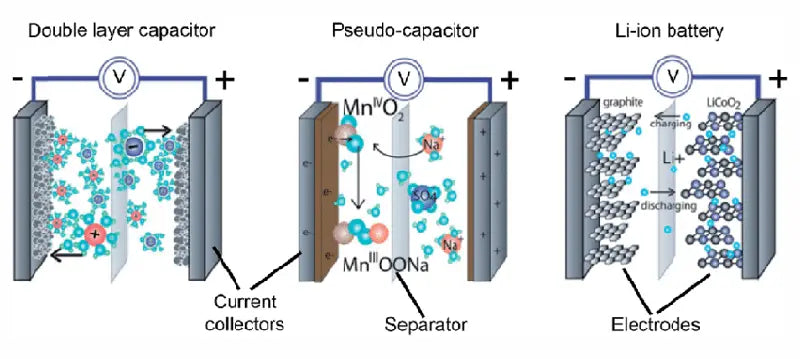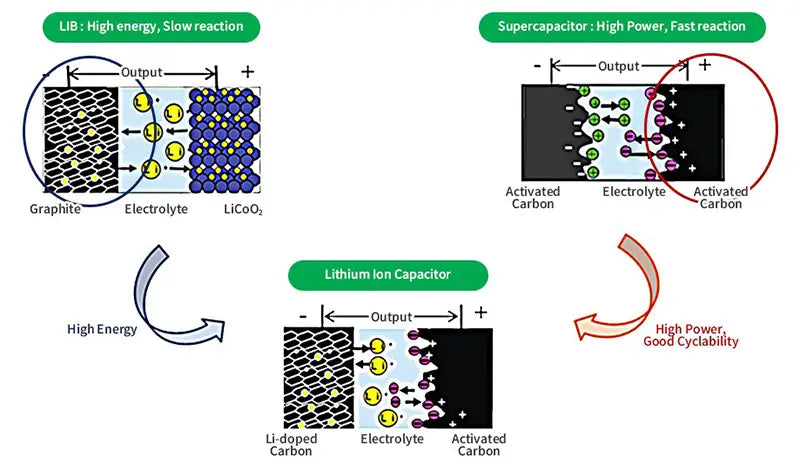
Researchers from the University of Maryland in the United States and the Korea Advanced Institute of Science and Technology announced on March 191, 2009, that metal-insulator-metal nanocapacitors were fabricated on anodized aluminum nanopores by atomic layer deposition technology, which can be made into very good Energy storage systems that combine the energy storage capabilities of electrostatic capacitors with supercapacitors.
Highly regular arrangement, for 1um thickness anodized aluminum, the current capacity per unit plane area can reach about 10uF/cm2; for 10um thickness anodized aluminum, the current capacity per unit plane area can reach 100uF/cm2 . This data greatly exceeds previously reported values for metal-insulator-metal capacitors in porous templates, published in Nature Nanotechnology.
Batteries, especially lithium-ion batteries, can store large amounts of energy, but are difficult to recharge with high-voltage electricity or quickly. Electrostatic capacitors feature the ability to use high voltage electricity, but have limited energy storage due to surface charging only. Conventional electrochemical supercapacitors can store charge in the electrical double layer or in the Faradaic reaction, allowing a large energy density to be stored on the electrode surface, however, the large power density is required due to the large amount of ion transfer and redox reactions required limit.

The facility developed by researchers at the University of Maryland and the Korea Advanced Institute of Science and Technology is a new high-power and high-energy-density electrostatic nanocapacitors that enables a 10-fold increase in energy storage density compared to commercially adopted facilities with electrostatic capacitors performance , and can compete with supercapacitors, and will become a candidate product for a new generation of electrical energy storage, and its nanostructure greatly improves the current capacity density. These nanocapacitors have been validated in typical high-power (up to 1 × 10W·h/kg) electrostatic capacitors and can achieve the characteristics of high energy density (about 0.7W·h/kg) of electrochemical supercapacitors. Therefore, such electrostatic nanocapacitors are attractive for high burst power applications with the required energy density of supercapacitors.
JM Energy, a wholly-owned subsidiary of JSR Corporation, announced on March 28, 2009 that it will mass-produce high-capacity lithium-ion capacitors in June, which are 50% higher than the current highest-capacity products.
In 2008, JM Energy, a 50-50 joint venture between MIPOX and JSR, has started to produce new lithium-ion capacitors, which combine the electrode coating technology of MIPOX's ultra-fine coating technology with JSR's new Materials Technology. This lithium-ion capacitors have 4 times the energy density of conventional electric double-layer capacitors with a voltage of 3.8V compared to 2.5V for conventional EDLCs.

JM Energy now manufactures up to 25,000 lithium-ion capacitors per month with storage ranges of 500F, 1000F and 2000F. The new configuration will have a power storage capacity of 3 000F and an energy density that is 50% higher than the company's existing products, approaching 20W·h/kg.
JM Energy's existing lithium-ion capacitors production line is at full capacity, and its production capacity will double by the end of 2009. It will reach 50,000 units per month, and will expand to 200,000 units in 2011, 8 times the current capacity.